In the era when everything is data-related, organizations possess piles of precious data. Each transaction, customer engagement, and sensor reading produces a huge amount of data that when analyzed effectively will realize at least insights, better decision-making and keep organizations at the top of the game. Nevertheless, big data is dense and diverse and is being collected at a very high rate, and thus requires some new approaches to get it processed and analyzed. It is here that Artificial Intelligence (AI) comes into picture. One such way that AI is transforming data mining is enabling businesses to access more insights contained in their data much faster and with a lot of efficiency.
The paper discusses how AI has improved data mining of big data undertakings and brought changes in how companies use and analyzes data in their businesses. We will discuss the advantages of AI in data mining, the technologies that make it possible and the contribution of AI-driven tools in assisting organizations to deal with the challenges of big data.
What is Data Mining?
However, prior to succumbing to how AI can improve data mining, it is worth defining what data mining is first. Data mining can be defined as the process of identifying patterns, correlations, and any other valuable insights using sets of large volumes of data. It is a branch of data science and it is used to analyze data and solve problems by utilizing statistical methods, machine learning and database systems with the aim of revealing patterns hidden in the data.
Data mining is more relevant in the big data because organizations are trying to interpret large volumes of data. But as the amount of the data and its complexity increases, then conventional approaches to data mining can prove to be strained because they utilize manual work and simple statistical models.
The Challenges of Data Mining in Big Data Projects
Scale of Data
The volume of data is one of the main obstacles of data mining in the context of the big data projects. Big data projects are frequently associated with large volumes of data that regular systems barely operate effectively and efficiently. Having millions or even billions of data points, the businesses should have sophisticated tools at their disposals capable of inflating to the growing size and complexity of data.
Data Variety
Any big data can take a variety of forms, including structured (e.g. customer databases), unstructured (e.g. social media messages) and semi-structured (e.g. logs and sensor streams). It is a herculean task to manage and analyse such diverse data using the conventional techniques because different types of data must be processed by adopting different methods.
Time and Resources
The traditional data mining methodologies are in most cases manual in nature which consumes a lot of time and human resources. The fact that data preparation, cleaning, and analysis are time-consuming processes may slow-down decision-making and make organizations be unable to react to valuable information as fast as possible.
How AI Enhances Data Mining for Big Data Projects
AI has changed data mining in the sense that it automates difficult tasks, provides deeper patterns, and is efficient in handling data quicker and precisely. The following is how AI enhances data mining in large data projects:
Automated Data Processing and Cleaning
Data preparation is one of the most tremendous problems in data mining. Raw data usually require some form of cleaning, and organization prior to analysis. This may include dealing with incompleteness, duplicate entry, and inconsistency which are time consuming.
Many aspects of this can be automatized with AI algorithms and increase the speed and accuracy of data cleaning. Machine learning algorithms have the ability to identify anomalies and calculate missing data points and thus ensure that the data is in a state such that it can be analyzed. It saves time and in the process makes sure that the accurate and reliable data undergoes analysis.
Example: An example is tools, such as Alteryx and Trifacta, which take machine learning to automate the data wrangling process so that businesses do not waste as much time cleaning their data as wrangling and analyzing their data. .
Machine Learning for Advanced Pattern Recognition
They are traditional data mining methods, which require predetermined algorithms and are coherent to maps in the data by human intervention. Unfortunately, the methods are not very effective in the identification of complex relationships with huge data sets.
Machine learning algorithms processed with the help of AI solutions in data mining platforms reveal patterns, correlations, and trends in big data that was previously not discoverable. Depending on the nature of the work, such algorithms are sometimes able to learn in a continuous process over an extended period of time, and thus get better and better at finding certain subtle patterns that people themselves never noticed.
Example: BigQuery is the AI-based platform by Google; it was designed to enable companies to mine enormous amounts of data, relying on machine learning to identify trends and abnormalities they could not possibly find using a conventional platform.
Scalability and Real-Time Data Mining
The conventional data mining tools have problems scaling up to the available massive data particularly as the big data projects increase. However, AI-powered tools will work and process dataset and it will be large in size and real-time.
They can scale big sizes of data by having parallel processing and distributed computing on the AI-based platforms, which simplifies analysis of data in real-time. Such real-time feature is most useful to companies in sectors such as e-commerce, financial and health sectors, which need real-time insights the most.
Example: Apache Spark is an open-source AI-powered platform, which processes big data in real-time so that companies can stream multiple data sources.
Predictive Analytics for Smarter Decision-Making
The predictive analytics is one of the most potent components of AI in data mining. Through AI tools, businesses can analyze their past trends and foresee future trends, and base proactive decisions on them. After submitting big data through machine learning models, the business will be able to predict customer behavior, market tendencies, potential danger as well.
Artificial intelligence-based predictive analytics enables companies to foresee the upcoming demands, discover new opportunities, and even eliminate risks before they could become major issues.
Example: In retail business, AI data mining software can forecast product demand contributing to the reduction of inventory levels and set price that incorporate business.
Natural Language Processing (NLP) for Text Mining
Most big data is unstructured, including social media text information, customer feedback, support requests and emails. Conventional data mining tools find it hard to effectively handle such data.
AI-based systems, based on Natural Language Processing (NLP), can evaluate the information generated by analyzing text and obtain useful answers. NLP enables AI systems to interpret and comprehend the human language, and this empowers business to be able to mine the customer sentiment, identify emerging trends, and other such businesses that are gleaned based on the customer feedback.
Example: NLP in IBM Watson is applied to mine unstructured data, customer feedback and issue tickets concerning business products and services to ensure that the latter are enhanced according to the customer mood.
| AI Capability | How AI Enhances Data Mining | Business Benefit |
|---|---|---|
| Automated Data Processing | AI automates data cleaning and preparation | Faster, more accurate data analysis |
| Advanced Pattern Recognition | AI identifies complex patterns in large datasets | Uncover hidden insights and trends |
| Scalability and Real-Time Data Mining | AI platforms handle massive datasets and process data in real time | Quicker, more efficient data processing |
| Predictive Analytics | AI predicts future trends and behaviors based on historical data | Smarter, proactive decision-making |
| Natural Language Processing | AI analyzes unstructured text data and extracts valuable insights | Improved customer insights and sentiment analysis |
Real-World Applications of AI in Data Mining
Data mining with the help of AI is revolutionizing the work of industries as it gives businesses insight as well as gives the capability to make better decisions. These are some real-life applications:
Retail and E-Commerce
In the retail sector, data mining with the use of AI assists companies to have insight into customer behavior, manage the stock and make campaigns personal. AI can also be used to analyze huge datasets on the transactions made by customers, to propose items, foresee demand and to increase customer fulfillment.
Example: Amazon, artificial intelligence power is used to analyze customer purchasing information and provide them with personal product recommendations that help prompt purchases and heighten loyalty.
Healthcare
Data mining in healthcare is taking a different direction with the help of AI, as the data can be analyzed and used more efficiently in patient care and predictive analytics. Large arrangements of medical data, such as patient records, lab findings, and medical pictures, can be mined using AI-driven stages, to foretell the prevalence of disorders, help in diagnosis, and prescribe individual treatment plans.
Example: IBM Watson Health is an AI system that examines medical literature and patient records to assist doctors in the detection of illnesses more effectively.
Financial Services
Finance: AI-based data mining algorithms facilitate the fraud detection process, credit risk and market trend prediction. Financial transactions can be analyzed by machine learning models and those which show signs of money laundering can be identified and this will help prevent financial crime.
Example: PayPal runs an algorithm on machine learning to identify unauthorized transactions at the time of purchase which enhances security and confidence among users.
Manufacturing
One of the common applications of AI in manufacturing is optimizing production processes, estimating equipment failures and supply chain management. Having accessibility to sensor information on machines, AI can tell when a machine needs to be repaired and prevent any downtimes hence improve operations.
Example: Siemens is applying AI to machine-related data to predict when its machines need maintenance to enhance production and save cost.
| Industry | AI Applications in Data Mining | Benefits for Business |
|---|---|---|
| Retail & E-Commerce | Customer behavior analysis, personalized marketing | Increased sales, improved customer loyalty |
| Healthcare | Disease prediction, patient data analysis | Better patient outcomes, more efficient healthcare |
| Financial Services | Fraud detection, risk assessment, market predictions | Reduced fraud, optimized investments |
| Manufacturing | Predictive maintenance, supply chain optimization | Reduced downtime, improved operational efficiency |
Understanding Data Mining in the Context of Big Data
It is quite worthwhile to take a look into the complexities of big data mining, before delving into how AI helps in improving data mining. Big data Big data is data that cannot be processed using traditional data processing tools. Such datasets are sourced by a diverse range of data, including social media, IoT devices, enterprise systems, and sensors, which are likely to contain structured, semi-structured, and unstructured information.
Traditional data mining is the practice of using methods such as classification, clustering, regression and association rule mining in order to find out latent pattern and trends in the data. But with growing volumes of data, the traditional solutions cannot grow with it and provide timely data.
Why Big Data Requires AI-Powered Data Mining
-
Volume: This is the sheer volume of data that is already being created on a daily basis and which requires more advanced tools.
-
Velocity: Emerging data is generated real-time and organizations require to conduct processing on it in real-time to translate it into actionable information.
-
Variety: Data arrives in a wide variety of forms, some types are text, images, video, and sensor information that need special treatment.
-
Veracity: Half-baked, noisy and uncertain data need cleaning up and pre-processing prior to mining.
AI has achieved great success in the fight against these challenges, automating systems and finding more information at levels that were not dreamed of earlier.
AI Technologies Driving Data Mining in Big Data Projects
AI can be used to smooth the process of data mining in many ways, but it primarily depends on natural language processing (NLP), machine learning (ML), and deep learning (DL). So how do each of these technologies improve data mining? Well let us start with each individual technology.
Machine Learning (ML) Algorithms
Machine learning is very crucial in enriching data mining due to its ability to enable AI systems conduct data mining without being programmed. Such algorithms are able to process large data, discover patterns, and make predictions without any input made by human beings. This is the role that ML plays in data mining:
-
Supervised Learning: Supervised Learning is employed in big data projects to manage/categorize the data and predict the outcome as well as the regression analysis. The data is labeled, with pre-defined patterns, which are used to train the algorithm. When trained, it is able to express outcomes on unseen data e.g. predict the sales performance using the past.
-
Unsupervised Learning: The method allows the detection of the underlying patterns in data that have not been labelled which makes it beneficial in discovering clusters and anomalies. As one example, unsupervised learning may be used by businesses to identify irregular behavior patterns among customers or identify a new market segmentation.
-
Reinforcement Learning: Reinforcement learning enhances decision-making process by learning the optimal actions by trial and error methods. This comes in quite handy in volatile situations, like real-time optimisation of the supply chain process or interaction with the customer.
Deep Learning (DL) for Complex Data
Deep learning is a branch of machine learning that refers to multilayered models of neural networks (instead of the adjective deep). The algorithms are specifically beneficial in exploiting the semi-structure data such as image, video and audio files. This is how deep learning may be used to improve data mining:
-
Image and Video Analysis: In such areas as healthcare, unstructured data, such as medical imaging, can be queried using AI. Convolutional neural networks (CNNs) and other DL models are applied to the detection of anomalies in X-rays or MRIs, help the doctor to diagnose them earlier.
-
Text Mining: By using deep learning models, such as recurrent neural networks (RNNs) and transformers, it is possible to evaluate huge amounts of the text information, delivering sentiment analysis and entity recognition, and making businesses realize how customers review their services or products.
Natural Language Processing (NLP) for Unstructured Data
Natural language processing can have machines interpret and understand human language. NLP can be used as a strong technique in data mining in case of un structured textual data. The major uses are:
-
Sentiment Analysis: AI can read posts on social media, reviews of customers or product reviews to decide the sentiment (is it positive, negative or neutral). It comes in handy with brand monitoring and customer service improvement.
-
Topic Modeling: NLP models may identify latent topics in big depositories of textual information and thus enable companies to know the themes that most relate with their customers or market trends.
Benefits of AI in Data Mining for Big Data Projects
Machine learning in data mining boosts organizational knowledge and decision-making in any business. Who are we to analyze some of the best uses AI provides to big data projects in data mining?
Improved Accuracy and Precision
The learning capacity of AI that is based on data and the constant functions of improvements in making predictions allows an improvement in data accuracy. AI can ensure fewer human errors and yield more effective results when it comes to either defining customer preferences, demand forecast or fraud detection.
-
Example: n fraud prevention, AI may be trained on transaction data, and recognise latent patterns that might be used to identify fraudulent activity as being similar to those currently under a rule-based system.
Speed and Efficiency
With large swaths of data, AI is much more capable of processing them in real-time compared to human analysts or conventional BI solutions. This will facilitate the real-time analysis of data, which allows businesses to respond rapidly to insights, which comes in diary in some businesses like finance and e-commerce.
-
Example: Real-time analytics enabled by AI enables the financial institutions to keep track and respond to market changes on a real-time basis, thus optimal investment strategies.
Scalability
Due to the increase in data volumes, AI-based data mining platforms will enable stretched capacity to meet the increased needs of big data projects. AI is capable of processing as well as analysis of huge amount of data that gives businesses the opportunity to have the data at scale and gain insights.
-
Example: AI-driven data mining is used in large businesses, e.g., Netflix can analyze user data of millions of customers, and it makes real-time personal recommendations.
Real-Time Insights for Proactive Decision-Making
Using data mining with the help of AI, companies will receive real-time information, and thus they will be able to make forward-looking decisions, rather than backward-looking ones. It is especially crucial in such spheres as customer service, as businesses can simply not afford to delay in responding to customer problems.
-
Example: AI-based systems can be used to support customers via live chats and summarize all situations and problems, and by providing immediate solutions, it increases satisfaction levels and decreases response rates.


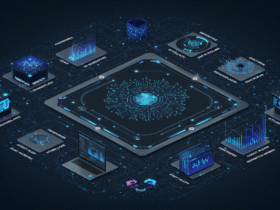
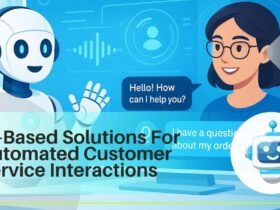








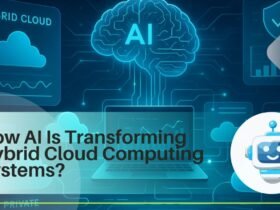
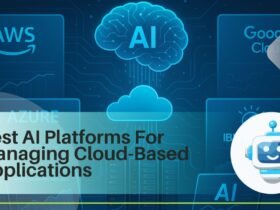



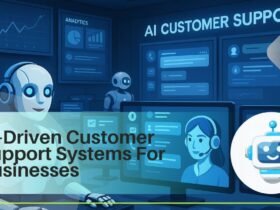

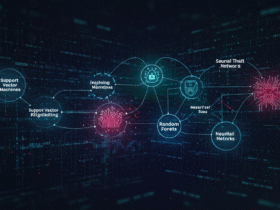




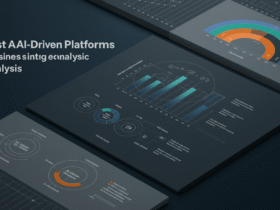


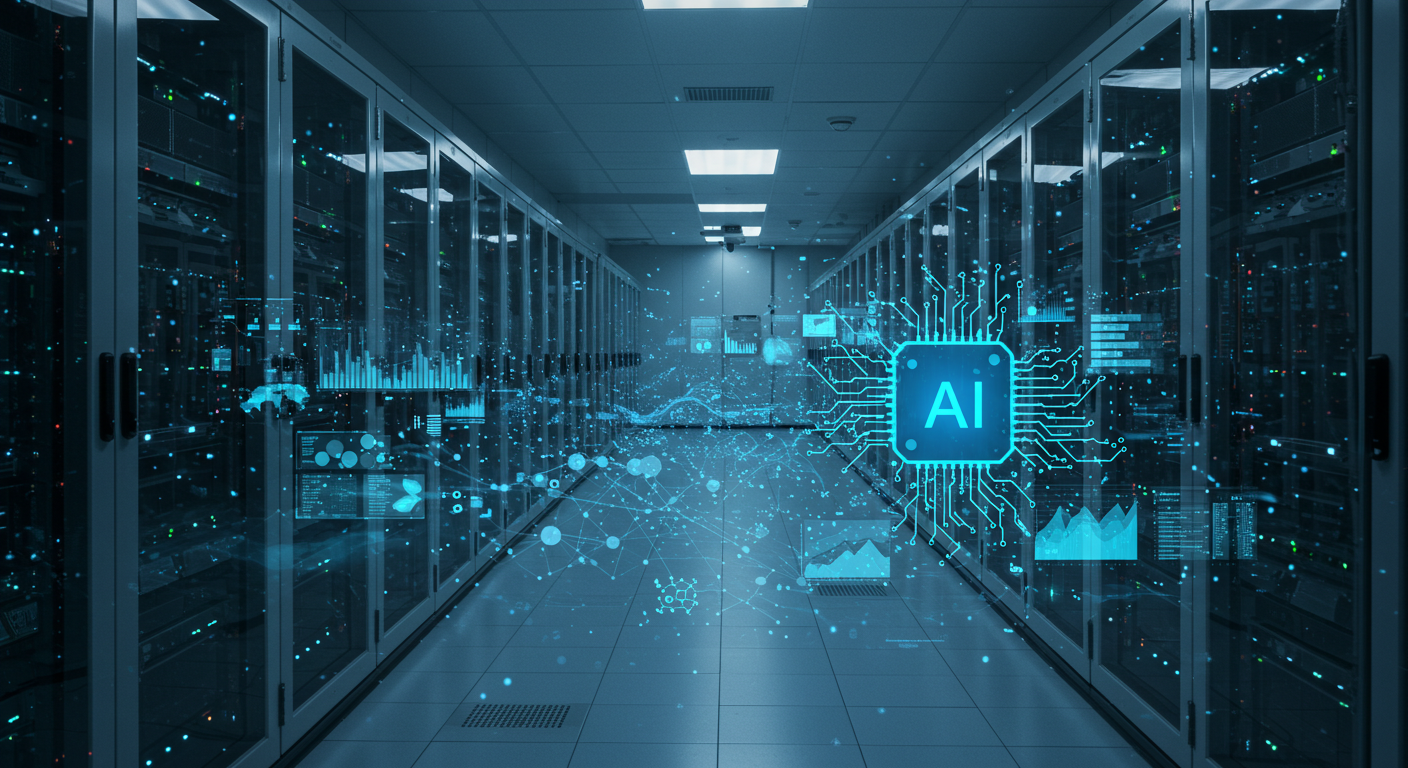


Leave a Reply